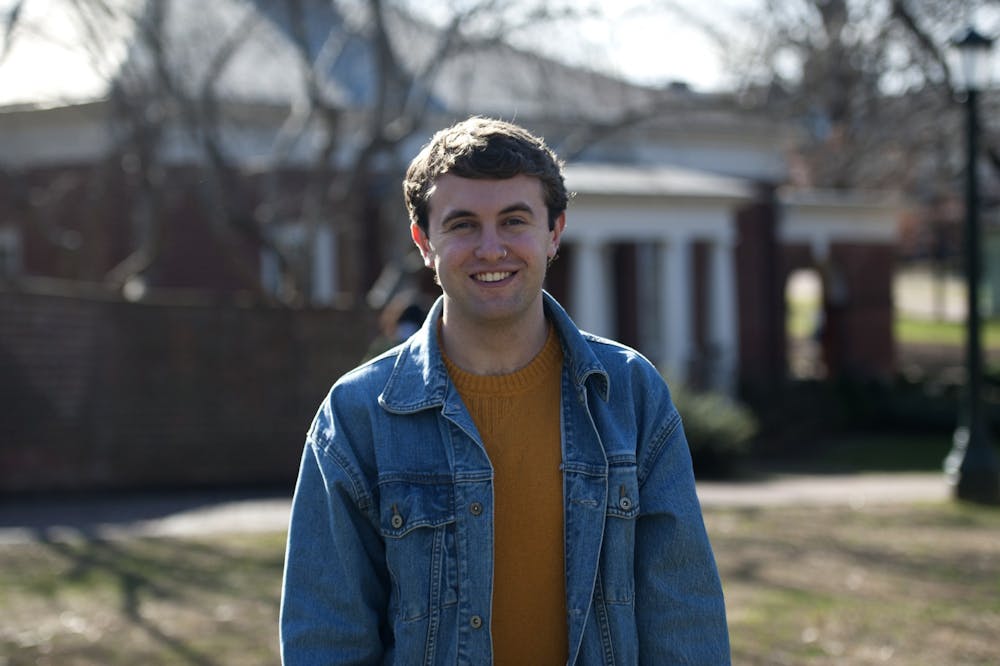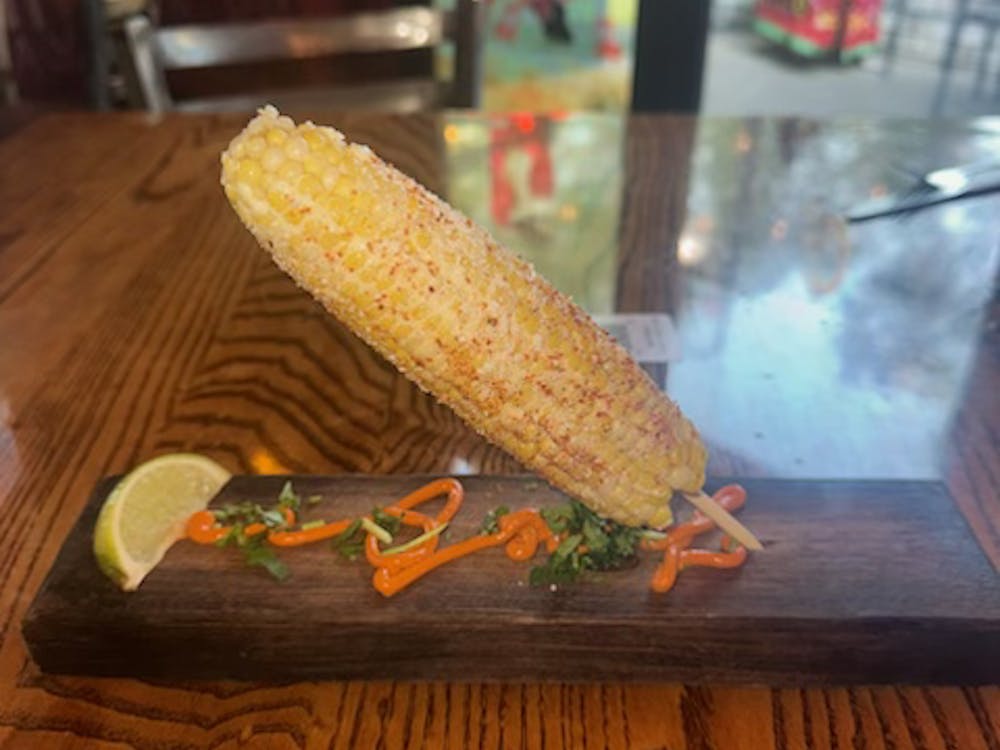When I first arrived at Mr. Jefferson’s University, the dreaded ice breakers that almost every professor requires on the first day of class came easily to me. “I’m from Forest, Virginia — home to Thomas Jefferson’s summer home, Poplar Forest — and I went to Jefferson Forest High School.” With all the anxieties that accompanied going away to college for the first time, at least I had this special connection to the University and its founder to give me a small sense of belonging.
It did not take me long to get adjusted to my new life at the University at all. I have always prided myself on being able to effortlessly adapt to almost any environment, and sure enough, within the first few weeks, Grounds started to feel like my home away from home. The architecture, the classes, the people, the partying — I loved it all.
However, even though my new home and my old home shared the same ancestral homeowner, I soon began to notice some small differences. First and foremost, the University was a little less white than good old Forest, Virginia. Now I know what you’re thinking — how can it get any whiter than a school composed of a student population that is nearly 60 percent white? I assure you though, Forest, Virginia was whiter.
I was seeing more Black and brown faces around Grounds than I’d ever seen at home, and I took Prof. Sylvia Chong’s engagement course where we discussed the ways in which different identities from race and ethnicity to sexuality and gender affect the way people experience everyday life. These discussions felt groundbreaking to me, so I walked around Grounds soaked with a deep history of racial trauma and ongoing inequities thinking I was now enlightened and living in some sort of diverse utopia.
And yes — I had the nerve to describe myself and the University as “woke.”
I thought that the baby discussions sprinkled into a class here and there were enough. I thought that having some Black and brown people in my predominantly white friend group was enough. I was patting myself on the back every chance I got because I thought, “Oh, at least I’m not the person I was in high school.” Looking back, I was doing the bare minimum, but to me then, that felt like enough.
It wasn’t until the spring semester of my first year that I realized I was so wrong — I was sitting in the back of a small discussion section where we were meant to be talking about who knows what. When the floor was given to a Black student, she began talking about the looks she gets from white parents taking their kids on tours of Grounds, the hesitant glances from white students when the only seat open on the bus is next to her, the University’s tendency to be “all bark, no bite” when it comes to issues of race and how she almost didn’t come here because of the events of Aug. 11 and 12, 2017 and all the trauma that lay in its wake.
And I was floored.
But how could I not see it?
The University’s social culture is dominated by fraternities and sororities, which have closely intertwined histories with white supremacy. The University constructs a memorial to the enslaved people who built it while simultaneously refusing to reassess its relationship to the slave-owner who founded it and the numerous questionable high-ranking officials who have governed it since. The University boasts diversity and inclusion while the percentage of Black people in the state of Virginia dwarfs the percentage of Black students at the University. The University creates a “safe space” for students in the form of the Multicultural Student Center but then fails to adequately support students when they feel it’s being dominated by white people like every other space at the University. And when riots break out across the country in response to the brutal police killings of black men and women, the University condemns rioting, but fails once again to stand by its Black population.
But it’s not just the University’s fault — it’s our fault, too. And, yes, I’m talking about U.Va.’s white student population. We have an easy time adjusting to our environments at the University and it’s easier for us if we don’t see the inequality around us, so we close our eyes. We have a fun time throwing back beers and bumping along to the music in a frat house and it’s more fun for us if we don’t hear the protests and backlash, so we turn up the rap music. It’s most comfortable for us to be white and silent, so we keep our mouths shut.
For all the ways in which the University and its people fall short, I wonder what would’ve happened to me if I never had the privilege to go to college. I wonder what would’ve happened to me if I hadn’t been lucky enough to make it out of my hometown. Would I be the same person I was back then? Would I be someone even worse? I wonder what would’ve happened if that woman hadn’t eloquently expressed her plight as a Black student at the University.
But if any of those things hadn’t happened, would that be any excuse for me to stay ignorant? And the answer to that question is quite simply no. There is no excuse.
I have no excuse for being blind to the Black experience in America because the information has always been out there for me to consume. I shouldn’t have waited until someone painted their personal and generational trauma in Black ink for me to realize that the racist past and present at the University is evident and everywhere — no one should have to force someone else to open their eyes and guide them like a child.
I should never have been so happily parading that blind smile. As a white person, I must actively choose to find and confront the hard truths of our University’s past, present, and future because for Black people, those truths are unavoidable.
As white people, we must all choose to see, speak and listen to Black experiences and voices each and every day.
Aaron Doss is a Life Columnist at The Cavalier Daily. He can be reached at life@cavalierdaily.com.







